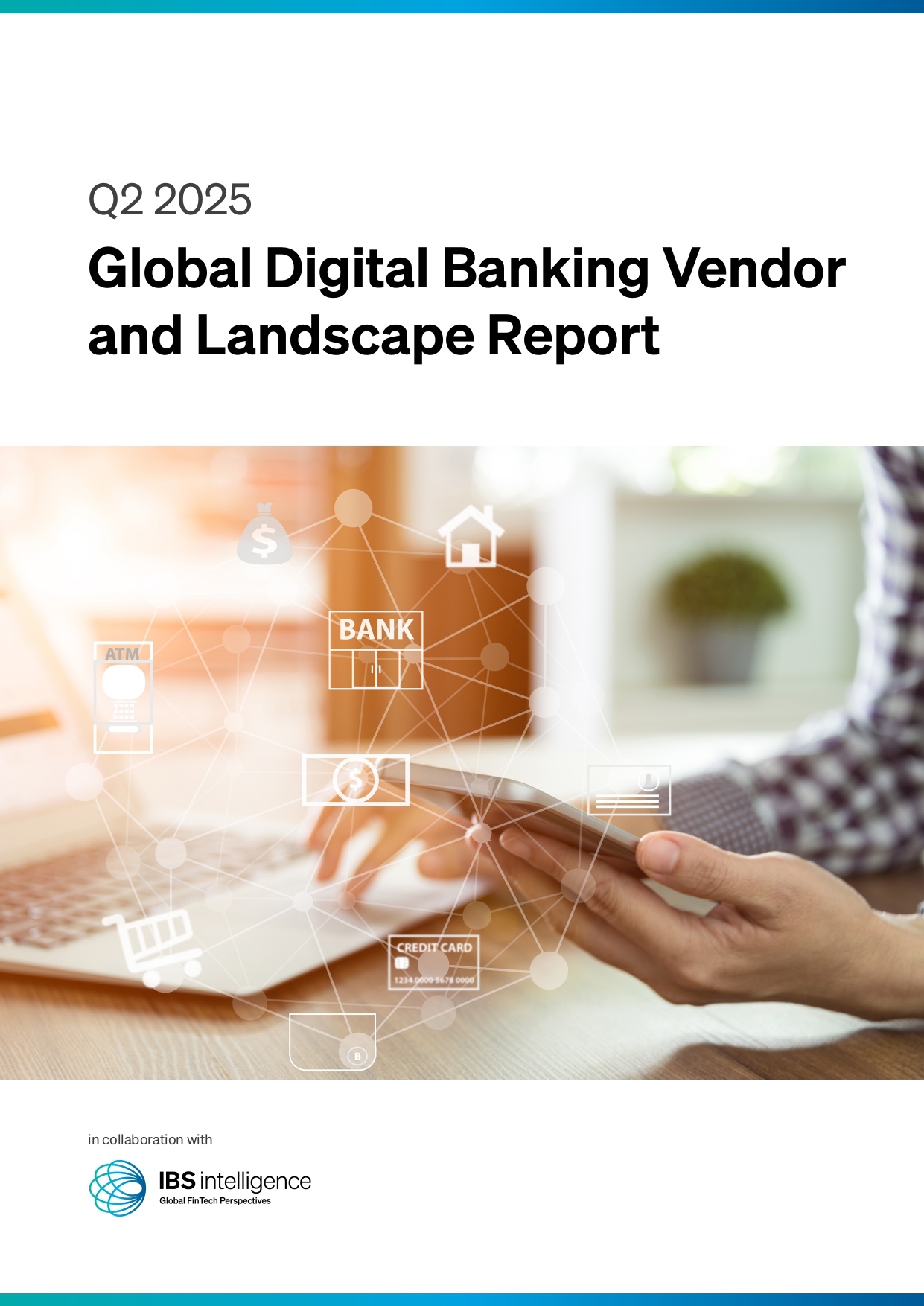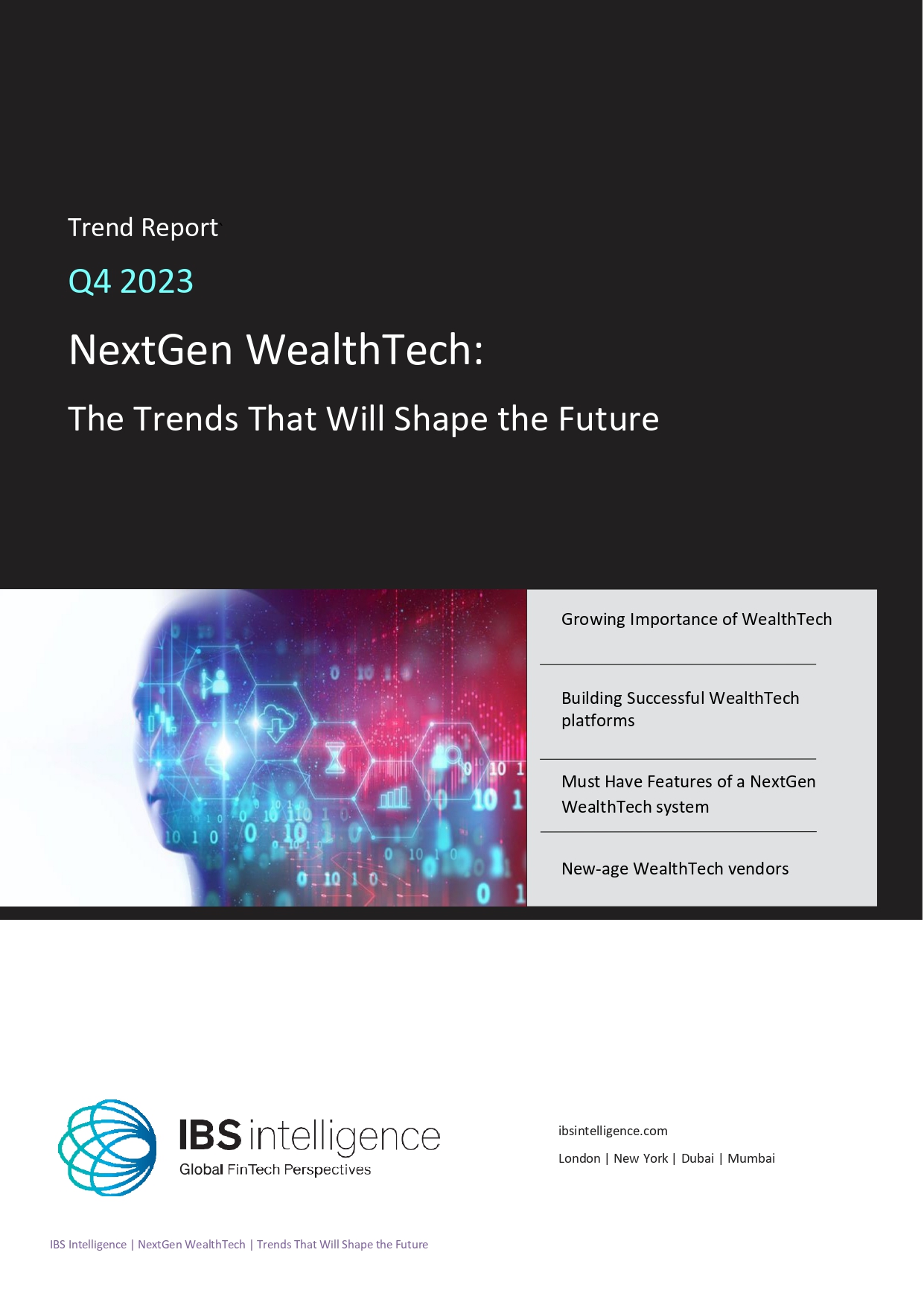 Back
Back
YES BANK to cut greenhouse gas emissions to net zero by 2030
By Leandra Monteiro
 YES BANK plans to reduce greenhouse gas (GHG) emissions from its operations across the country to net zero by 2030 to support the goals of the Paris climate agreement. As a first step towards achieving this target, YES BANK House, the Bank’s headquarters in Santa Cruz, has entirely switched to renewable energy to significantly cut its emissions.
YES BANK plans to reduce greenhouse gas (GHG) emissions from its operations across the country to net zero by 2030 to support the goals of the Paris climate agreement. As a first step towards achieving this target, YES BANK House, the Bank’s headquarters in Santa Cruz, has entirely switched to renewable energy to significantly cut its emissions.
With this shift, made on January 1 this year, the Bank aims to eliminate around 7% of its total Scope 1 and Scope 2 emissions – which come from diesel consumed in diesel generator sets, refrigerant leakage from air conditioners, and consumption of grid electricity. The Bank’s net zero emissions target covers its absolute Scope 1 and Scope 2 emissions, which stood at 44,168.12 tonnes of carbon dioxide equivalent in FY2019-20, the base year for the Bank’s net zero target.
In addition to sourcing renewable energy to power its facilities, the Bank’s multi-pronged approach to achieving the net zero target includes switching to LED fixtures at all branches and using energy-efficient (five-star rated) machines and appliances. The Bank will also offset part of its emissions through carbon sequestration projects.
Commenting on the development, Niranjan Banodkar, Chief Financial Officer, YES BANK said, “The net zero target is a strategic pillar of the Bank’s overall climate strategy of aligning its business with the global 1.5-degree pathway. The Bank recognizes that businesses have a critical role in combating the climate emergency and supporting national as well as global efforts to build a climate neutral world. We see this as an opportunity to be on the right side of history.”
Net zero refers to a state in which the greenhouse gases produced are balanced by the amount removed from the atmosphere.
Other than going green with its internal operations, YES BANK has also taken definitive steps towards decarbonising its portfolio. In FY 2020-21, the Bank measured and reported the financed emissions of its electricity generation sector exposure, targeting to align it with sectoral decarbonization pathways.
IBSi FinTech Journal

- Most trusted FinTech journal since 1991
- Digital monthly issue
- 60+ pages of research, analysis, interviews, opinions, and rankings
- Global coverage
Other Related News
Related Reports

Sales League Table Report 2025
Know More
Global Digital Banking Vendor & Landscape Report Q2 2025
Know More
NextGen WealthTech: The Trends To Shape The Future Q4 2023
Know More
Intelligent Document Processing in Financial Services Q2 2025
Know More


